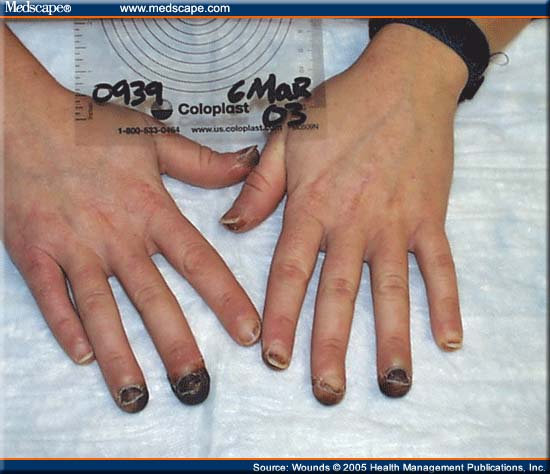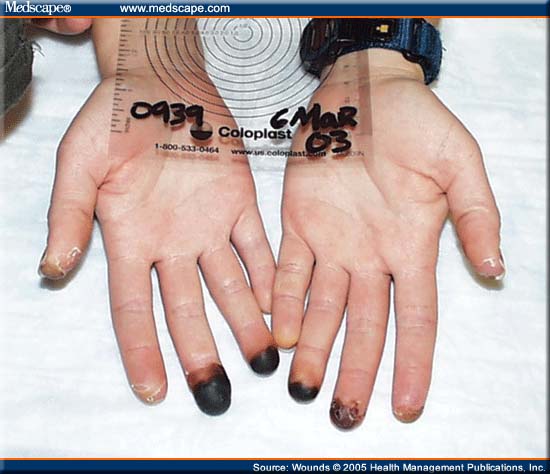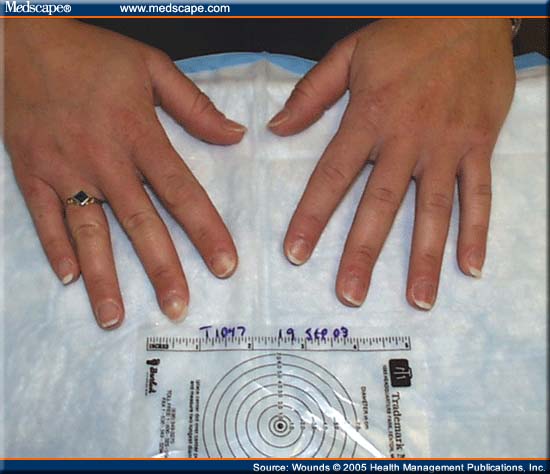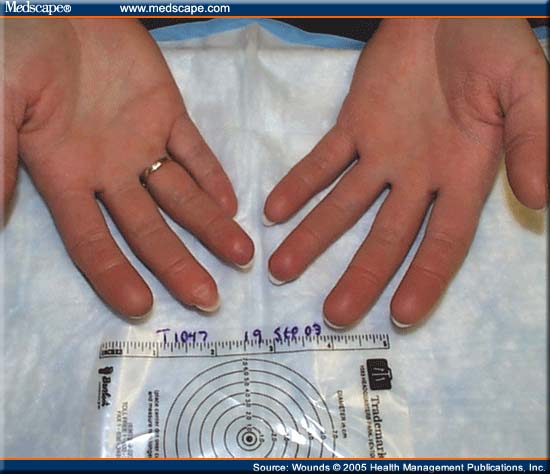Frostbite
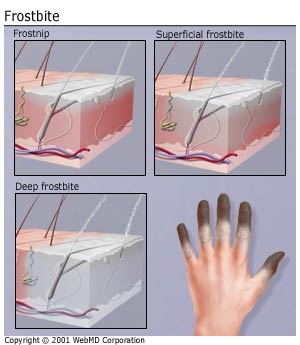 Frostbite results from prolonged exposure to below zero temperature. The risk is increased in people with poor circulation or at high altitude due to decreased oxygen tension in the air.
Frostbite results from prolonged exposure to below zero temperature. The risk is increased in people with poor circulation or at high altitude due to decreased oxygen tension in the air.
Tissue freezing causes local disruption in circulation and vascular damage, further leading to swelling and blistering that is complicated with thrombosis. Soft tissue damage can cause compartment syndrome and damage of peripheral nerves and tissue necrosis (tissue death).
These events can take longer time, even weeks to evolve and hyperbaric oxygen therapy is essential in breaking the vicious circle of tissue deprivation by blood supply (ischemia) and oxygen (hypoxia), which leads to further tissue loss.
Oxygen’s role
Many clinical reports are showing that early oxygen intervention enhances healing and and cell regeneration. Best time to apply oxygen is during rewarming, when oxygen demands are greatest but ability to deliver oxygen is compromised. Oxygenated tissue is less prone to ischemia-reperfusion injury, swelling, infection and whole compartment syndrome, saving fingers and toes from amputation. Oxygen therapy improves the microcirculation thru angiogenesis (new capillary growth), strengthens the immune system response and enables peripheral nerve regeneration for return of sensitivity and function to affected limb (see examples below).
Good results with oxygen can be achieved even weeks after injury if the circulation is not substantially damaged .
Early warning signs
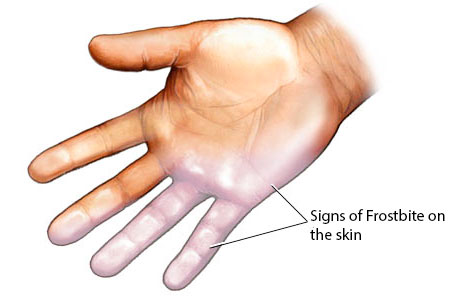 Frostbite is a progressive injury where serious complications can arise days or even weeks after exposure. Superficial redness, burning tingling and numbness are signs of compromised micro-circulation. Tissue oxygen status can be assessed with micro-vascular assessment. If micro-circulation is reestablished tissue can be saved and amputation prevented.
Frostbite is a progressive injury where serious complications can arise days or even weeks after exposure. Superficial redness, burning tingling and numbness are signs of compromised micro-circulation. Tissue oxygen status can be assessed with micro-vascular assessment. If micro-circulation is reestablished tissue can be saved and amputation prevented.
Symptoms: burning, tingling and gradual numbness; initial redness turns into gray/blue appearance; blistering of the skin in the final stage turns into necrosis of the skin and underlying soft tissue.
 Frostbite results from prolonged exposure to below zero temperature. The risk is increased in people with poor circulation or at high altitude due to decreased oxygen tension in the air.
Frostbite results from prolonged exposure to below zero temperature. The risk is increased in people with poor circulation or at high altitude due to decreased oxygen tension in the air. Frostbite is a progressive injury where serious complications can arise days or even weeks after exposure. Superficial redness, burning tingling and numbness are signs of compromised micro-circulation. Tissue oxygen status can be assessed with micro-vascular assessment. If micro-circulation is reestablished tissue can be saved and amputation prevented.
Frostbite is a progressive injury where serious complications can arise days or even weeks after exposure. Superficial redness, burning tingling and numbness are signs of compromised micro-circulation. Tissue oxygen status can be assessed with micro-vascular assessment. If micro-circulation is reestablished tissue can be saved and amputation prevented.